Rambling on the highways, byways and dual cabbageways of our Atlantic coast
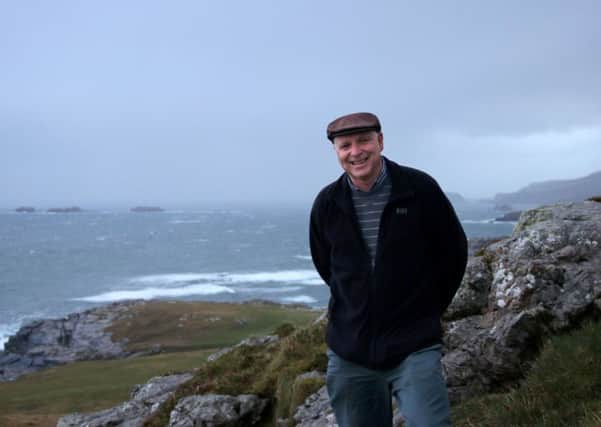

His latest travel talk, entitled Rambles Around Ireland, is at the Island Arts Centre, Lisburn, at 7.30pm on Thursday, March 28.
I asked Paul to take a lookback at his three decades of remarkable travel writing in Ireland. He has also revealed some inspirations of life on the road and (very kindly!) some of his secrets of writing. The rest of today’s page is Paul’s.
Advertisement
Hide AdAdvertisement
Hide AdTravel writing has wide parameters with enormous elasticity in terms of the topics that can be included which is why it has such an appeal for many people.
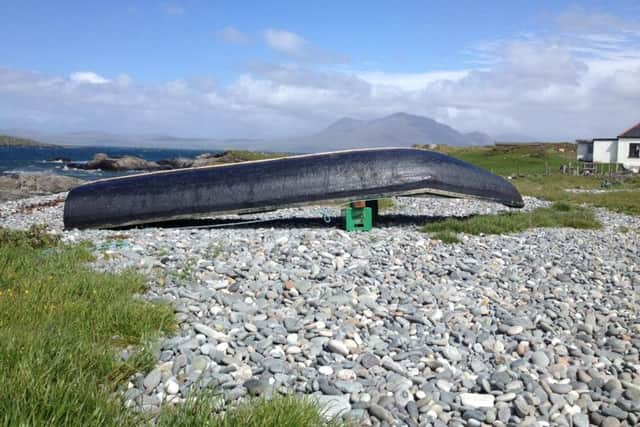

It is a hybrid of subjects: the journey, storytelling with people which is what I focus on, descriptions of place and landscape, or a mix of subjects ranging from history to memoir, and from architecture to wildlife.
Whatever the chosen topic, it will have the twin pillars: people and place are what these books are built on while dialogue is also at its heart.
In most travel books there is generally a journey that begins before the journey begins which involves reading maps, studying routes and carrying out advance research.
Advertisement
Hide AdAdvertisement
Hide AdWhen I go off on my trips around Ireland gathering material, I try to make them comprehensive journeys.
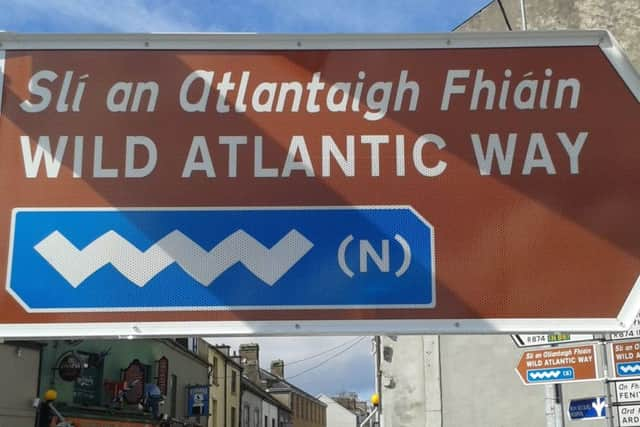

One project may involve up to 10 trips to different areas, and together with the writing of a book of perhaps 90,000 words, it can take up to two years; this was the case with travelling along the Wild Atlantic Way in 2015.
The two key questions to be answered are – what is a place, and the people who live in it like, and how did it come to be the way it is today?
Journeys along the back roads and hill roads in particular fascinate me because you can lose yourself on them.
Advertisement
Hide AdAdvertisement
Hide AdI do not use sat nav but Ordnance Survey maps, since they provide excellent detail about the history of the landscape, place names, and the heritage of the monuments.
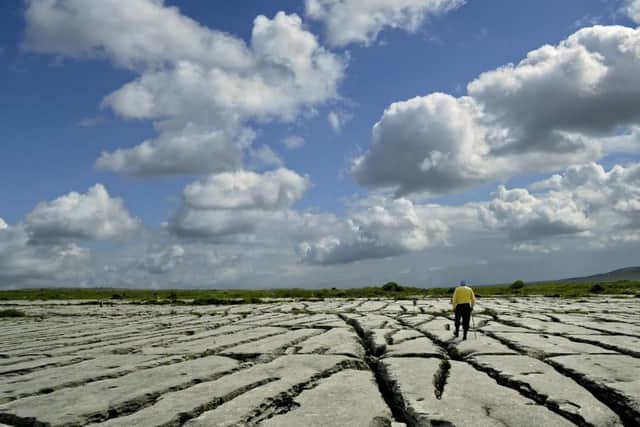

A car is a means to an end and once I reach my destination then usually I walk, cycle, go on horseback or take a boat continuing the trip into another realm.
Many people will be familiar with roads which have a thin strip of grass growing up the centre – known in the west of Ireland as ‘dual cabbage ways’, where it is also said that you need to have a PhD for driving on them: i.e a qualification in ‘Pot hole Dodging’!
One of the chief pleasures of travelling around Ireland is the abrupt change of scenery and landscape within a relatively short distance. For example, from the midlands of Ireland, with its flat boglands and callows, it takes just two hours to reach Galway and beyond where you soon find yourself in the midst of the white quartzite mountains of Connemara; head south and you will come to the grey limestone pavement of the Burren in Co Clare with its luscious green valleys, all representing a wonderful diversity. The Burren is renowned for its limestone pavement of walls and terracing, as well as its extraordinary wild flowers including gentians, orchids and geraniums.
Advertisement
Hide AdAdvertisement
Hide AdWhen he was writing about the country in the 1930s, John Betjeman once said that “Ireland is the breeding ground of eccentrics”.
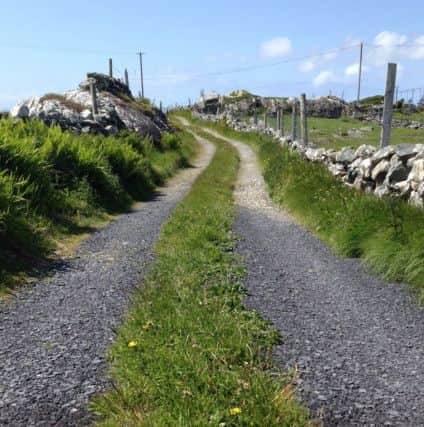

And it is this eccentricism that I tap into.
One of the secrets I have learned when I am searching for local characters is to ask around in small towns for the oldest man or woman.
When I was travelling around the coast in 1991 for my first book Irish Shores, local people said to me: “You’re far too late, you should have been here 25 years ago, all the old characters are dead.” And they said exactly the same thing to me in 2015. The point is that although the old characters will die, they will be replaced by a new generation of characters – so the essence of what they represent lives on.
Frequently, local people have the best stories, especially B&B owners who produce colourful copy and make first-class breakfasts into the bargain.
Advertisement
Hide AdAdvertisement
Hide AdA guesthouse owner on the coast near Kinvara in south Galway told me about how one morning she went out in her car and saw signs with images of high waves on her road to the coast. She turned immediately and came back to her husband to say they had closed the road because of serious flooding. It turned out that the signs were the recently introduced wave symbols for the Wild Atlantic Way!
Further north, along the coast in Belmullet in Mayo, there is a B&B called McDonnell’s, although you cannot stay in it since it is not a guesthouse but a pub. The B&B stands for ‘Blether and Blarney’, and the man running it is both a publican and undertaker, so has a philosophical overview of life and death. Despite the growth of cafés, the bars of Ireland are still crucial places for finding out information, many specialising in a mix of nonsense, music and craic.
Paul’s talk, entitled Rambles Around Ireland, is at the Island Arts Centre, Lisburn, at 7.30pm on Thursday, March 28. Full details at www.islandartscentre.com or telephone: 028 9244 7452.